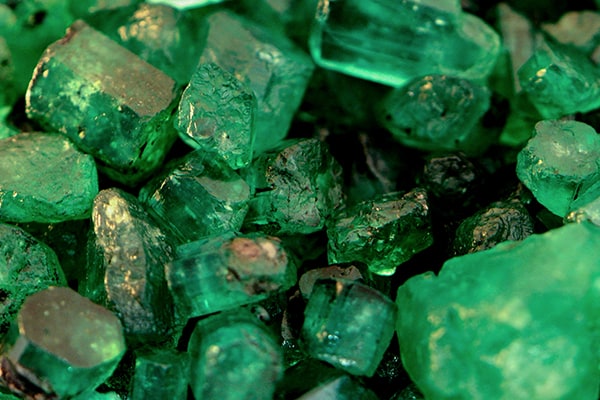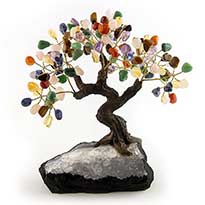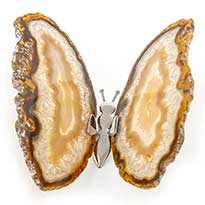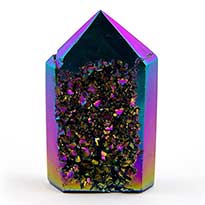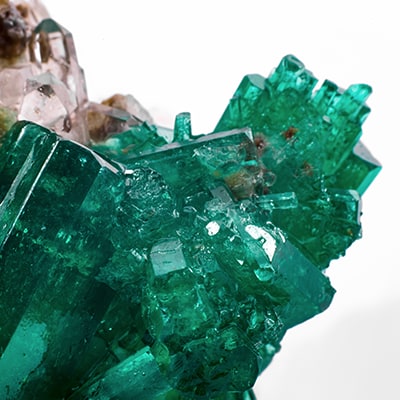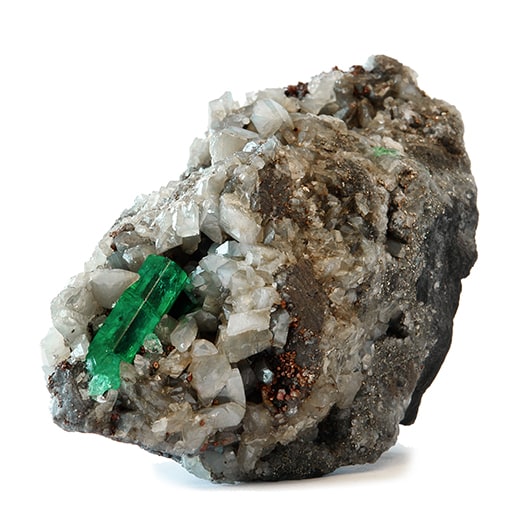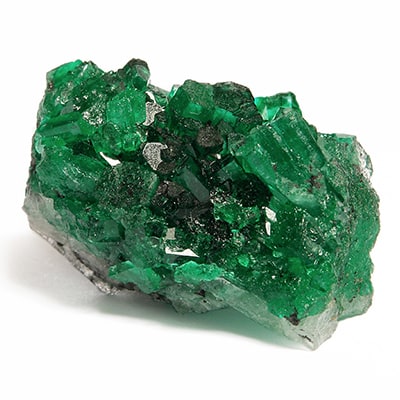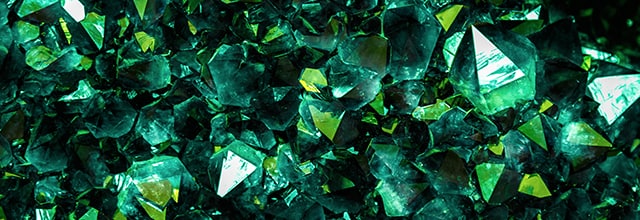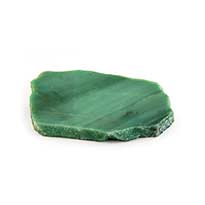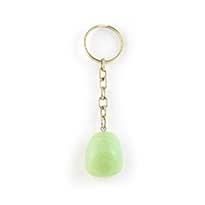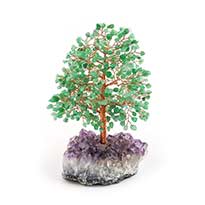Emerald Origin of the Birthstone
For centuries, the emerald has been cherished as the birthstone for May, symbolizing rebirth and renewal. It is commonly associated with the freshness of spring and has captivated people’s hearts and minds around the globe. Its lush green hues are often recommended for creating soothing and luxurious gardens. In ancient times, emerald was believed to have healing properties and could cure diseases such as cholera and malaria. It is also said to enhance the wearer’s intelligence and wisdom. Today, it is a popular gemstone gift for the 20th and 35th wedding anniversaries.
As early as 330 BC, emerald gemstones were extracted in Egypt, with some estimating that the oldest emeralds are 2.97 billion years old. Among historical figures, Cleopatra is perhaps the most renowned for her love of emerald gemstones, even laying claim to emerald mines in Egypt during her reign. The Egyptians used emeralds for both jewelry and elaborate burials. Meanwhile, on the other side of the globe, the Muzo Indians of Colombia had highly valued and well-hidden emerald mines.
Emerald is now seen as a symbol of dependability, new beginnings, balance, and safety. Making it a stunning jewel to wear and a valuable gem to be cherished by collectors. However, it still holds great value among the wealthy and famous. Throughout history, the emerald has captivated royalty, from Egyptian pharaohs to Inca rulers. The impressive Crown of the Andes, crafted in colonial South America, is just one example of how the Spanish revered this gemstone, particularly as the birthstone for May. Legend has it that the largest stone in the crown, now known as the Atahualpa Emerald, was taken from the last Inca emperor Atahualpa by conquistador Francisco Pizarro.
